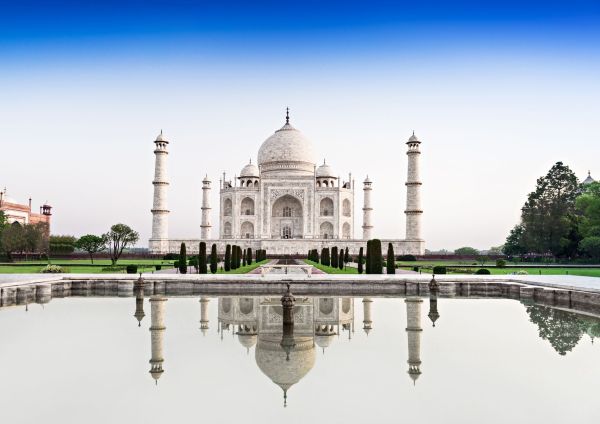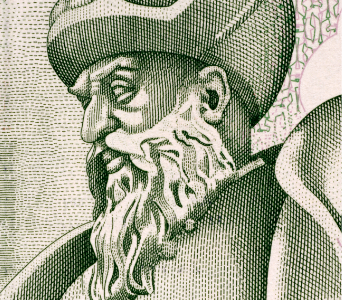Prince Hurram, the offspring of the esteemed Mughal Emperor Jahangir, is the descendant of Timur on the Mughal Shah’s side, who established the dynasty, and of Genghis Khan through his mother’s lineage from Jochi Khan. The Prince, who held important positions, managed to bring many states under his rule, especially the states of the Nizam Shahi, the Qutb Shahi, and the Adil Shahi dynasties in South India, and thus earned the title of “Shah Jahan” while he was the governor of Deccan. After the death of his father, he won the throne fight with the help of his father-in-law Asaf Khan and sat on the throne in Agra.
Shah Jahan, who had two marriages due to political alliances, found his true love in his third wife, Mumtaz Mahal, and they had 14 children in their 20-year union. Shah Jahan trusted his wife so much in both personal and domestic matters. He even gave her the authority to use the seal of the shah, which is the highest authority. His wife, on the other hand, does not like politics very much, she is not very involved in government affairs. But she also went on expeditions with her husband, whom she loved very much. Mumtaz Mahal, whose real name is Arjumand Banu Begum, was given this nickname, which means “Queen of the Earth”, by her only beloved Shah Jahan.
Year 1631. One day, Shah Jahan sets out with his wife to suppress the uprising in the city of Burhanpur. His wife was pregnant at the time. During the expedition, Mumtaz Mahal passed away while giving birth to Gauhar Ara Begum, their fourteenth child. Prior to her passing, she left instructions for her husband to construct a mausoleum for her that would be renowned for as long as the world endures.
This is how the story of the epic Taj Mahal begins. Upon this last request of his wife, Shah Jahan starts a worldwide competition. Hundreds of architects and designers participate in this competition. The Shah, who sets out with the serious claim of structuring the depiction of “paradise”, is shown two thousand different models until he decides on the current state of the Taj Mahal. Its construction was started in 1632. Twenty thousand workers worked for twenty-two years. About a thousand elephants were used to transport stones brought from many different regions.
In Taj, which is a combination of Islamic, Iranian, Ottoman, Turkish, and Indian architecture, two architects from the Ottoman Empire made a very important contribution after the chief architects. Ismail Effendi designed the main dome, Master Isa also played an important role in the overall design.
The Taj Mahal takes on different colors during the day. The ivory-white marble mausoleum, which shows its pinkish and most beautiful color with the sunrise, returns to its white appearance after a short time. It also gets a golden color with the moonlight. It is rumored that this unique feature reflects the changes in feelings of women, especially Mumtaz Mahal.
The embroideries in the exterior design are formed by carving the marbles and placing the tiny stones one by one inside the marbles. There are also many verses from the Qur’an in the embroideries inside and outside the structure.
Looking carefully, it is possible to see that the towers do not stand upright, but lie slightly outward. If an earthquake occurs, the architects have found such a solution so that the towers do not damage the building. The Taj Mahal, made using white marble, is decorated with rubies, sapphires, diamonds, emeralds, agate, turquoise, and pearls, and exhibits the extraordinary meeting of science and architecture with the stability and prosperity of the period as an effort to present the most perfect depiction of love.




